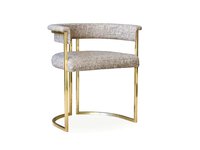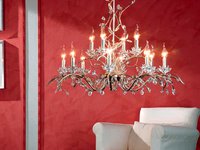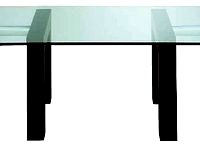Today our way of working has changed completely. We are faster, more efficient, more flexible. We have learnt to live with a nomadic approach, shedding our expectations of a daily routine that is becoming ever more fluid.
It is therefore no surprise that the demands regarding our working spaces should change too, becoming more flexible, hybrid, ready to change and adapt to different functions, numbers of people, or roles.
Hub is an office system created for this contemporary world.
It is a landscape that is ready to change, simple to understand and use, and easy to make your own, because it is designed to be customized day by day, recognizing our need to personalize the spaces that we occupy for many hours a day.
The boundaries between design work and management work are growing ever slimmer, as are all our hierarchies and roles.
Hub promotes informal communication, the possibility to change places and rearrange spaces, and to meet and discuss with people in different ways to suit the occasion.
In a sense, it is as if the workplace has become a boundless space, the borders of which are drawn by people, their skills and actions. Hub is the office for this new world, this time in which people are once again taking a central position.
Hub sets you free to personalize your workspace the way you want it; it is the ultimate modular system, with its perfect geometrical structure, developed so that the frame can accommodate either independent workstations or multiple compositions. Hub is sculptural and contemporary: it opts for natural finishes for the top, with dove grey, stone grey and the radical solution of the ISB top in large-particle chipboard, contrasted with fabrics in audaciously bold colours: yellow, blue and orange.
"The Hub project arose from a real need to recreate a physical and mental space within a workplace inhabited by different people.
A kind of wall-less box to facilitate the osmotic dimension of relating with spaces and people.
A relationship-oriented workstation that can be personalized and rearranged to meet individual needs, the direct descendant of the "Abitacolo" combi-bed that Bruno Munari first dreamt up to combine the different activities in the day of an adolescent, and to map out the time for each one: rest/play/study/relationships.
From the use of a simple, large, square table, the idea arose to create a “four-poster” table, a mini-loft in which to work, rest, and feed on ideas, relations and good food, in a word, to live a space.
And so this small, cubic world measuring just 160 cm becomes an ideal venue for our relationships and all that they require, a kind of portal enabling us to collaborate with colleagues near and far.”
Designer: Matteo Ragni
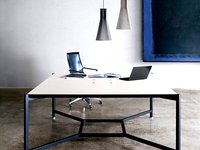
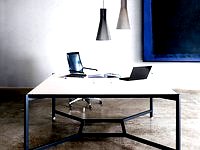
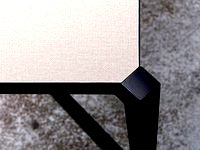
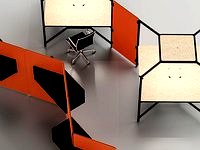
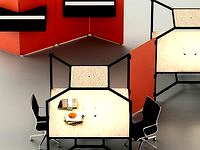
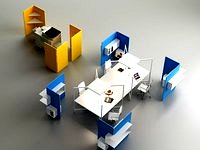
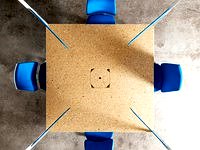
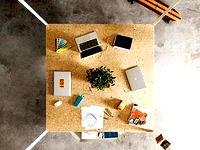
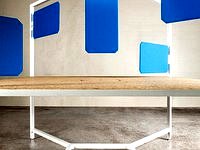
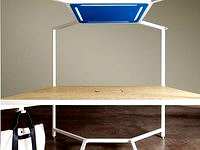
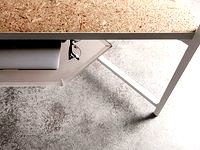
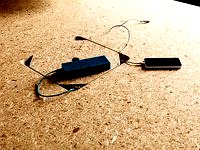
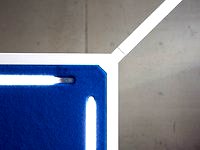
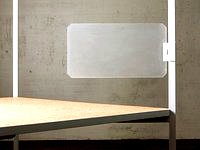
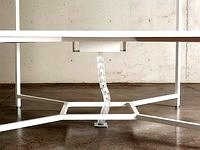
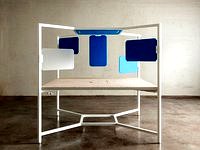
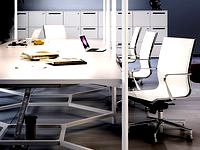
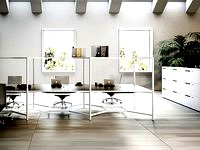
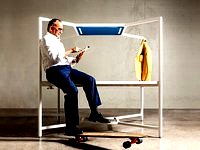
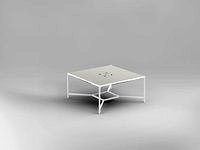
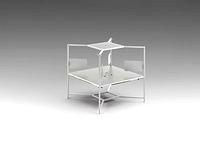
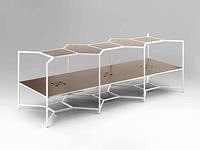
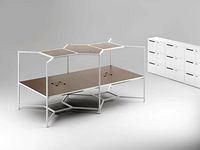
 Италия
Италия

